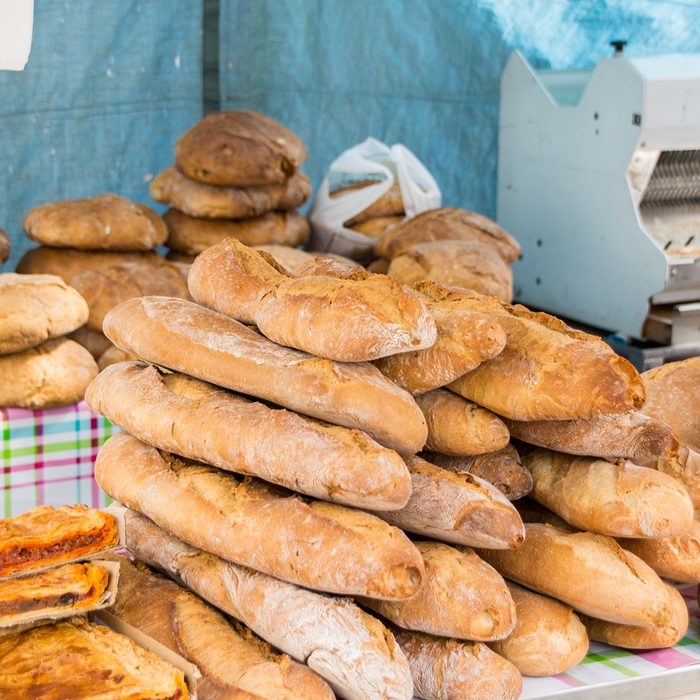
Ever wanted to take your skills to the next level? We've compiled our best tips to teach you how to sell food at a farmers market—and earn the most money!

Yes, you can! In fact, people are more likely to buy from your stall if you have something that nobody else can offer. Have a secret recipe for bread? A famous family salsa? (Or, try one of ours!) Something unique and delicious will pull customers in—especially if you tempt them with free samples.
As a note of caution, however, you’ll have to display the food all day long. If your recipe calls for refrigeration, freezing or heating, you’ll need to bring equipment that keeps everything fresh.
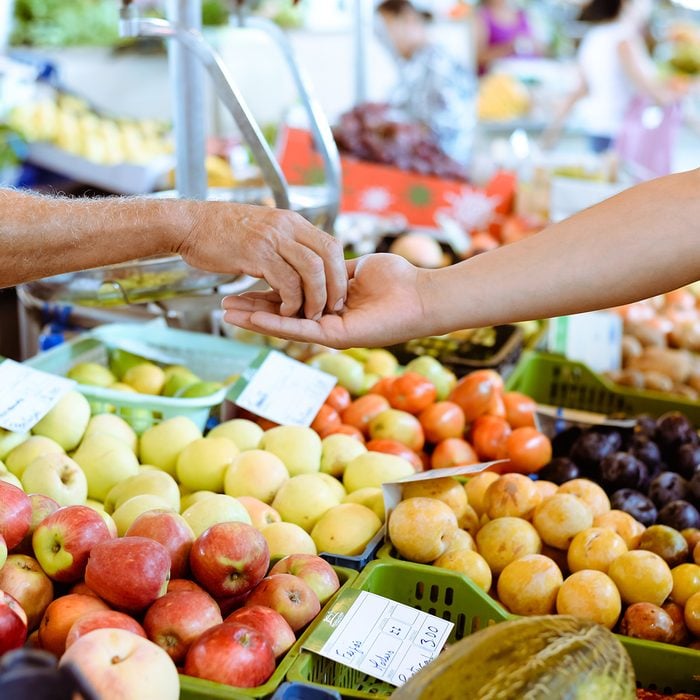
If you keep a garden or small farm, a farmers market is the perfect place to sell homegrown fruits, vegetables and herbs.
However, if you’re not a farmer or gardener yourself, most markets allow for second-hand sales. If you know small growers in your area, you can purchase their produce and animal products and sell them from your own stall. Just be sure to label where everything comes from so that your customers aren’t misled into believing everything came from your backyard!
Wondering where to open your farmers market stand? You could opt for the market closest to your farm or garden, but if you want to work your way up, here’s our list of the best farmers market in every state.
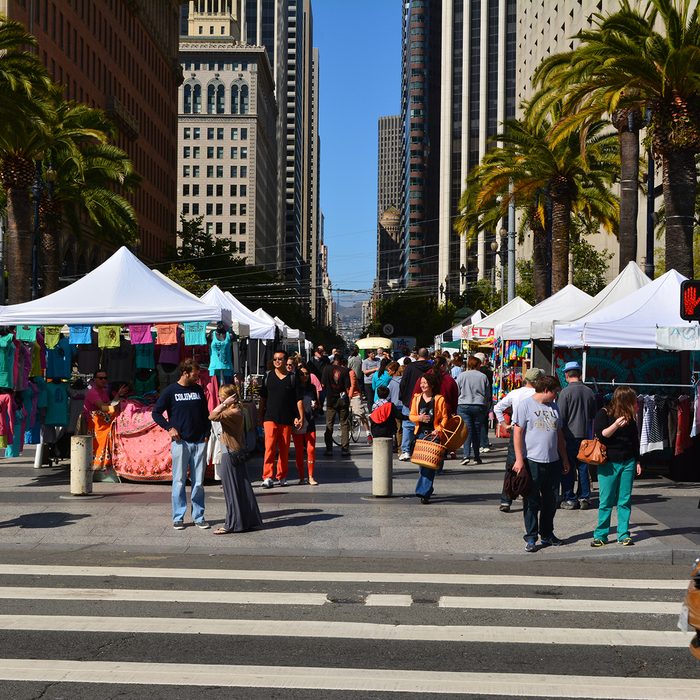 the Ferry Plaza farmer" />
the Ferry Plaza farmer" />
There are a couple forms of certification you will need to set up a stall at a farmers market, so be sure to check with your vendor to make sure you have the necessary forms. Usually, there are licenses and food service certifications that you need for health inspections—plus city business licenses and county health department permits. You’ll also need insurance and an operator license for some markets.
Sometimes, you can apply for these permits online, but be sure to do your research first (and well before your first day at the market!)
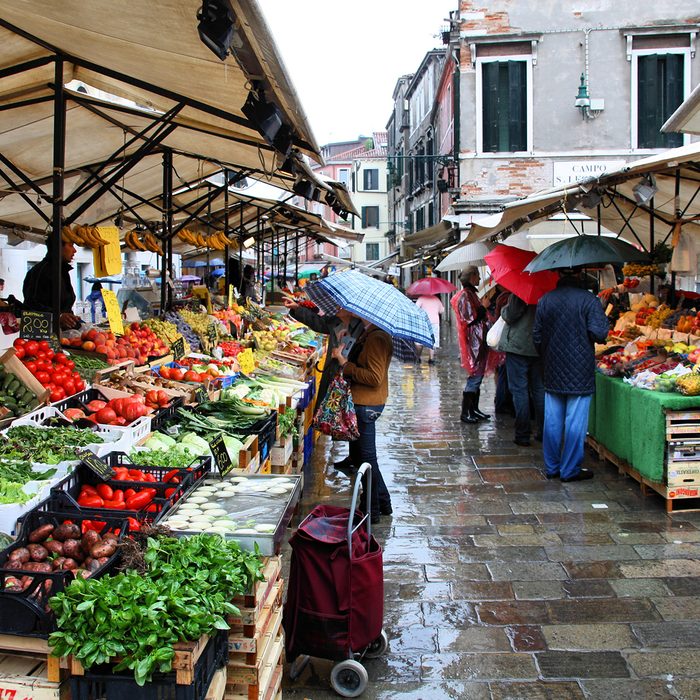
Once you think you have something worth selling, you can get started by purchasing a spot. Be prepared to spend a couple hundred dollars on the stall itself, which is just a plot of land in the farmers market where you can build your stand. Some markets supply its vendors with tents and tables, but you might need to buy your own as well—especially if you live in a region where rain is common. Try this top-rated collapsible tent ($150). If you’re planning on serving food that people will eat right away, invest in some tables and chairs for your customers as well.
After that, you’ll have to think about all the things you need to display and store your food. Do you need coolers, refrigeration or any heating equipment? What kind of bags or containers will people need to take your products home? Where will you store any cash? If you want to accept credit and debit cards, do you have the equipment to process those transactions? It’s a lot to think about, but once you get set up, you’ll be grateful that you did so much planning in advance.
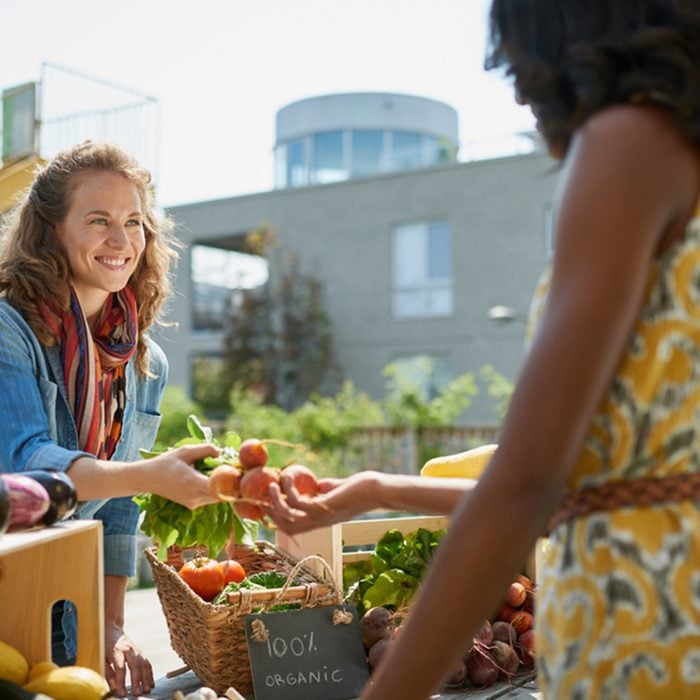
No! When coming up with pricing, be sure to display the dollar value of each item in a location that makes it easy to read and understand. If your prices are too high and people try to negotiate, your stall will look like a bad deal for every customer that comes afterwards.
For the best results, pick your prices and stick to them. If things sell out too soon or don’t sell out at all, you can adjust the exact value for the next weekend. At the beginning, pricing will be trial and error, but the longer you go to farmers markets, the easier it will be to find that sweet spot!
You shouldn’t negotiate at a butcher shop, either. Here’s why.